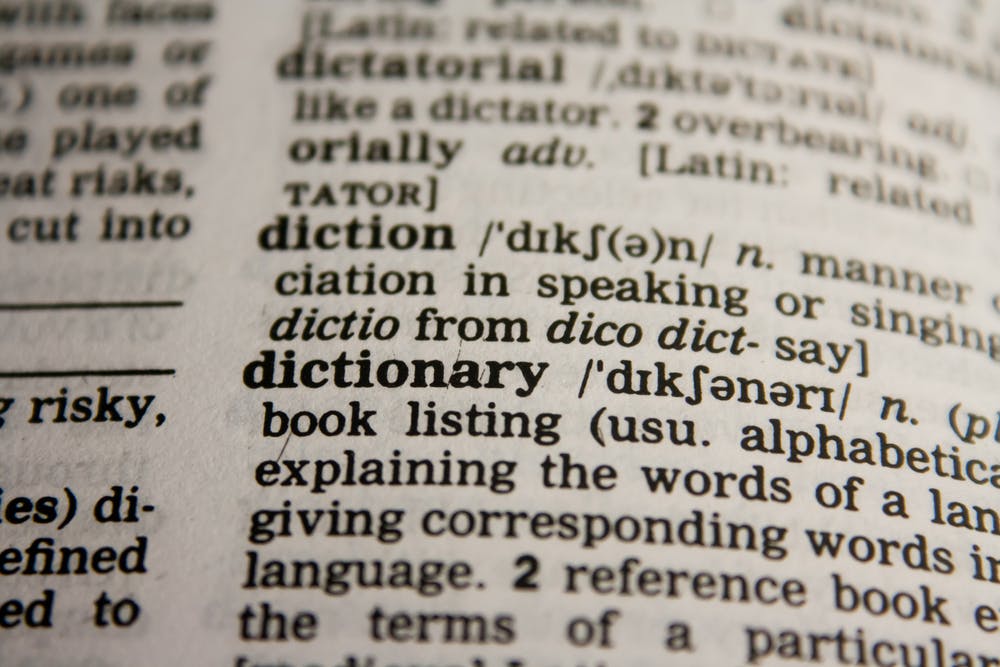Phonotactics
Our primary focus at the moment is on understanding the causes of constraints on the patterning of phonemes in words and syllables (phonotactic constraints). Phonotactic constraints are systematic, and productive (you’d probably buy blick as a new English word, but not lbik). They also seem to affect everything from phonological acceptability judgements and speech perception and production, to memory performance. Linguists view them as the product of abstract constraints or rules. Elman and McClelland’s landmark connectionist TRACE model suggests that phonotactic influences on speech perception are the result of top-down lexical gang effects on phoneme representation. With well-developed analyses on both sides of the issue, we think phonotactic phenomena are an ideal model for examining the debate between rule-driven and associationist accounts of language processing.

In our earliest work on the subject, we demonstrated that phonotactic influences on speech categorization are associated with brain dynamics that resemble those of top-down lexical influences on speech categorization. Subsequent work found systematic patterning of this dynamic was associated with phonotactic frequency effects in spoken word and nonword processing. Current work in our lab focuses on the way these dynamics play out in gradient judgements about the relative acceptability of unattested phonotactic patterns, and generalization of native Hebrew and learned artificial rules governing reduplication of novel patterns.
The Neural Representation of Wordforms
Both rule-driven and associationist accounts of generalization depend on assumptions about the representation of underlying structure. While a great deal of exciting work has been done using neural decoding work to understand how acoustic-phonetic structure is represented in the superior temporal gyrus, we are unaware of work using these techniques to explore the abstract phonological representation of wordform. We are addressing this gap with new work exploring the representation of syllable reduplication, and the role of gradient or compositional representation of wordform in the dorsal and lexical lexica. Stay tuned for publications and more work!
Phonological Acceptability Judgements
Phonologists use phonological acceptability judgements to understand how listeners generalize phonological constraints to new constructions. It is generally understood that these judgements reflect a combination of implicit understanding of phonological constraints (competence) and the limits of human perceptual and domain-general cognitive abilities (performance). However, teasing these apart is difficult, because there are no well-developed explicit models of how performance and competence constraints interact. To address this, we are beginning to use effective connectivity analyses to understand the pattern of dynamic brain interactions that lead up to acceptability judgements.
Recovery from aphasia
We are not a clinical lab, but as part of the Neurology Department at the Massachusetts General Hospital we are interested in the ways in which our effective connectivity analyses could inform the characterization and treatment of stroke-related processing deficits. One recent project of ours used our analyses to relate changes in effective connectivity to recovery from aphasia . The work demonstrated the feasibility of single-subject GPS analyses. We found that recovery from aphasia between the subacute to early chronic phase was accompanied by a dramatic increase in contralesional interaction and a significant decrease in ipsalesional information flow.

Participate
The Gow Lab is actively recruiting subjects to participate in our research. Click here to sign up for current studies

